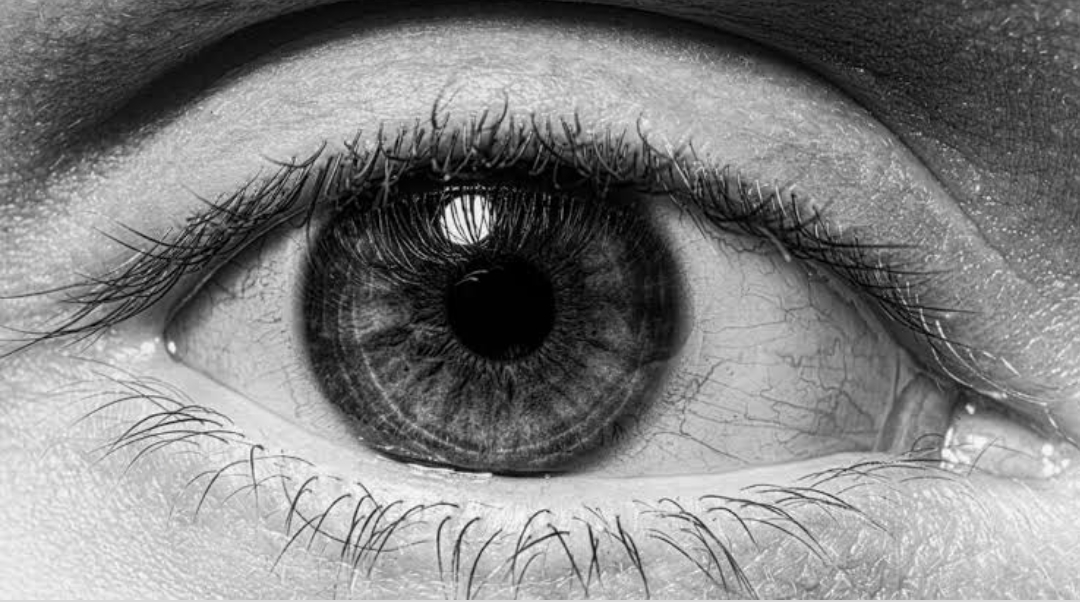
Glaucoma Prevention, Causes, Symptoms, Types, & Risk Factors
Glaucoma is considered to be one of the nastiest eye complications to affect people after a certain age. It is defined as a group of diseases that attack and damage the optic nerve in the eyes. Those affected with glaucoma can lose most of their vision even before they show symptoms of the disorder.
Let’s discover other important details such as glaucoma prevention, causes, symptoms, and who are at risk, to understand more about the eye complication.
What are the causes?
Before learning about glaucoma prevention measures, let’s find out what are all the causes of the disorder to take place.
Glaucoma is the result of optic nerve damage. The optic nerve is the most important factor in a person’s vision, as it transmits visual information to the brain, enabling a sense of perception. As glaucoma develops slowly, it just affects the peripheral or side vision. Sometimes, the nerve damage is related to increased pressure in the eyes.
What are the types?
There are two main types of glaucoma – open-angle and closed-angle.
- Primary open-angle or chronic glaucoma progresses very slowly. Its symptoms may not appear at first and even slight loss of vision may not be noticed. Many people fail to seek medical help before permanent damage occurs.
- Closed-angle or acute angle-closure glaucoma comes suddenly, with the patient usually experiencing eye pain and rapid eyesight loss. It is only after severe eye pain that the patient figures out discomfort in the eyes and subsequent appearance of glaucoma.
What are the symptoms?
Most forms of glaucoma do not show any warning signs or symptoms. Its effect is so dramatic that glaucoma patients may fail to notice even a slight change in their vision until the condition has reached an advanced stage. Glaucoma symptoms vary depending on the type and stage of the condition, for instance:
Open-angle glaucoma
- Patchy blind spots inside or central vision in both eyes
- Tunnel vision in the advanced stages
Acute angle-closure glaucoma
- Severe headache with bouts of pain in the eyes
- Nausea and vomiting
- Blurry vision
- Halos around brightness and lights
- Continued redness in the eyes
Who is at risk?
Glaucoma can occur at any age, but it is more common in older adults. In fact, it is one of the leading causes of blindness for people over the age of 60 years. The following individuals are at risk of developing glaucoma:
- African Americans are 6 to 8 times more likely to fall prey to glaucoma than white Americans.
- Diabetes patients are 2 times more likely to get glaucoma than people without diabetes
- Hispanic Americans are at an increased risk as compared to African Americans
- Asians are more prone to develop lesser common types of glaucoma i.e. angle-closure and normal-tension glaucoma
- People over the age of 40 years, especially those who are highly nearsighted
- People who have a family history of glaucoma
What are the preventive measures?
The following self-care glaucoma prevention tips not only help detect the disorder in its early stages but also prevent vision loss by slowing its progress.
- Regular dilated eye checkups help detect glaucoma in its early stages before any significant damage occurs. People with a high risk of glaucoma should go for screenings more frequently. Consult your doctor to recommend the right screening schedule for you.
- Keep tabs on your family’s history of eye health as glaucoma tends to pass on from one generation to another. Regular screening can help detect glaucoma at an early stage.
- Regular and moderate physical exercises may help lower chances of glaucoma as exercises reduce eye pressure. Speak to your doctor about a suitable exercise program.
- Take prescribed eye drops regularly to reduce risks of high eye pressure and minimize the progress of glaucoma. Avoid self-medication and consult your doctor for the most effective prescription eye drops.
- As serious eye injuries increase chances of glaucoma, it is recommended to wear suitable eye protection to prevent further complications.
Now that we’ve known almost everything about glaucoma including glaucoma prevention tips, make sure that you and your loved ones are aware of the disorder and seek medical help even at slightest pain or discomfort in the eyes.









